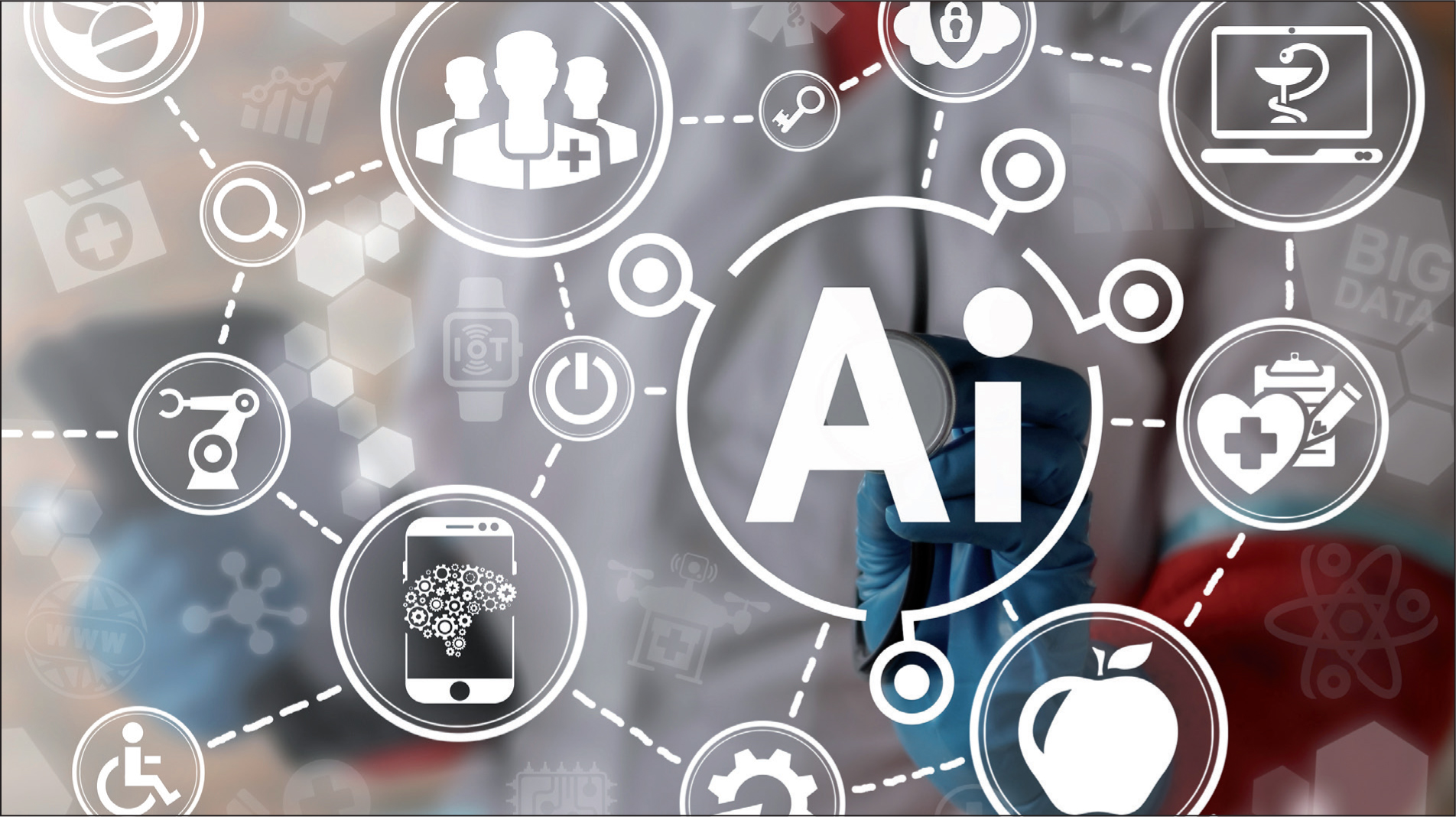As artificial intelligence (AI) takes the world by storm, with the UK being ranked third globally for its research and innovation in this area (Crowcroft, 2022), machine learning is also growing as a broad subfield of AI. Machine learning is devoted to discovering and building methods that will allow machines to ‘learn’ and as we saw in last month's Treatments column, it is a developing area both within and beyond healthcare.
Last month's article explored a study examining machine learning to identify cohorts of a population that may benefit from specific medications. This month, we delve into a second study exploring the use of machine learning for the optimisation of patient treatment.
The study
Taliaz et al (2021) explored the use of machine learning to optimise treatment for major depressive disorder (MDD), which is multifactorial, and poses a challenge to the tailoring of optimal medication for each patient. The sad reality is that most treatment relies on trial and error, with around half the patients receiving a good response and the other half either showing no greater effectiveness, or a worsening in their condition.
Therefore, Taliaz et al (2021) aimed to generate an accurate predictor of response to a panel of antidepressants and optimise treatment selection using a data-driven approach that analyses combinations of genetic, clinical, and demographic factors. The researchers analysed the response patterns of patients to three different antidepressant medications in the Sequenced Treatment Alternatives to Relieve Depression (STAR*D) study, and used state-of-the-art machine learning tools to generate a predictive algorithm.
In order to validate their results, the team assessed the algorithm's capacity to predict individualised antidepressant responses on a separate set of 530 patients in STAR*D, which included 271 patients in a validation set and 259 patients in the final test set. Their assessment produced an average balanced accuracy rate of 72.3% and 70.1% across the different medications in the validation and test set, respectively. For further validation of the design, they used the Pharmacogenomic Research Network Antidepressant Medication Pharmacogenomic Study (PGRN-AMPS), which examined patients treated with citalopram, so they could test the study's citalopram model using their algorithm.

The external validation produced very similar results for STAR*D and PGRN-AMPS test sets, with a balanced accuracy of 60.5% and 61.3%, respectively. The findings therefore support the feasibility of using machine learning algorithms in their application to large datasets with genetic, clinical, and demographic features, which should help to improve accuracy in antidepressant prescription (Taliaz et al, 2021).
Precision psychiatry
Taliaz et al's (2021) algorithm may help clinical support platforms in their approach as part of an emerging field of precision psychiatry. This type of approach can take into account variability in a person's genes, environment and lifestyle, all of which impact the efficacy of certain antidepressant treatments. By having an algorithm that is able to precisely pinpoint differences in all of these variables of a person's life, psychiatric treatment and prevention outcomes can be vastly improved. Furthermore, Taliaz et al (2021) highlight that such tools are expected to significantly improve with time as data derived from next-generation sequencing technologies and electronic health records are accumulating and are becoming increasingly available.


